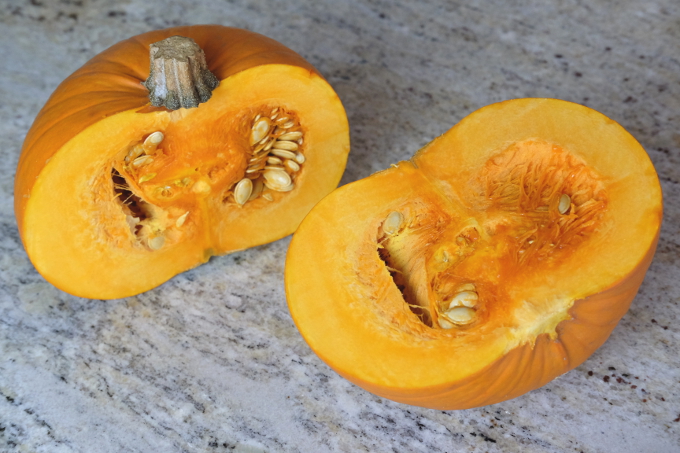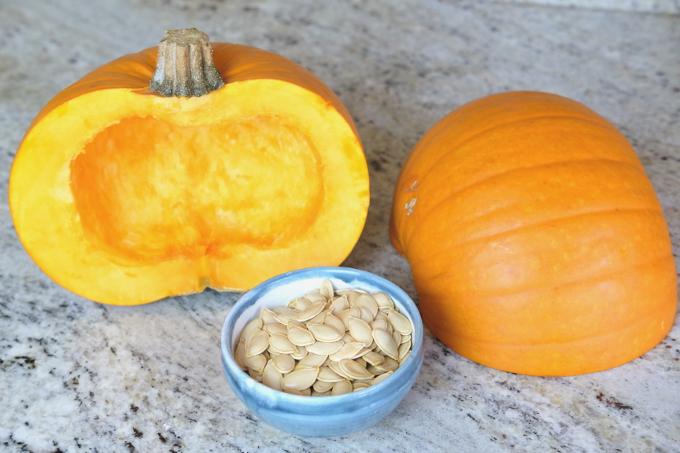 Until this blog I never knew what a sucker I was for old school Disney flicks but I can’t think pumpkin without thinking Cinderella. For those who haven’t seen it (sacrilege!) Cinderella’s fairy godmother turns a pumpkin into a carriage so Cinderella can go to the ball but at midnight it reverts back to a pumpkin. Just in time for a delicious midnight snack! Okay, that last bit isn’t really part of the story…
Until this blog I never knew what a sucker I was for old school Disney flicks but I can’t think pumpkin without thinking Cinderella. For those who haven’t seen it (sacrilege!) Cinderella’s fairy godmother turns a pumpkin into a carriage so Cinderella can go to the ball but at midnight it reverts back to a pumpkin. Just in time for a delicious midnight snack! Okay, that last bit isn’t really part of the story…
Anyway, aside from Cinderella, pumpkins always make me think of autumn because of their gorgeous orange colour. However, these fruits, harvested in October, are most commonly associated with… Halloween. Why? (I didn’t know myself, until I started this post.) Here’s what I’ve learnt:
- Carving pumpkins into jack-o’-lanterns originated hundreds of years ago, in Ireland of all places!
- Originally, jack-o’-lanterns were made out of turnips or potatoes but when Irish immigrants went to America the pumpkin-Halloween ritual was born.
- There are loads of tales as to how jack-o’-lanterns came about. The most famous one is about an Irishman named ‘Stingy Jack’.
There are lots of variations to the story of Stingy Jack, the thief, but the premise is always the same. Stingy Jack continually manages to trick and trap the devil, who is only freed after he promises never to take Stingy Jack’s soul. What Stingy Jack doesn’t anticipate though is his rejection from the pearly gates. Banned from heaven and hell Stingy Jack is left with nowhere to go. The devil equips him with an ember from the flames of hades that will never burn out (some say this is as a warning to others, some say the devil did it mockingly). Either Stingy Jack or the devil (again, the stories vary) carve out a turnip and put the ember inside. This is so that Stingy Jack has some light to guide him on his eternal wanderings.
Jack o’ lanterns have become common Halloween decorations and are often seen in peoples front windows or on their doorsteps. Some say this is so that if Stingy Jack needs light, he can just take it rather than bothering anyone.
Poor Stingy Jack! It’s actually kinda sad.

Random pumpkin facts:
- Pumpkins are a member of the cucurbits or gourd family which includes: cucumbers, courgettes and watermelons.
- Pumpkins are native to North America and Mexico.
- Ohio currently holds the record for largest pumpkin pie ever baked, in 2010. This ginormous pie was 20 feet in diameter and weighed 1,678kg (3,699 lb). That should’ve kept everyone busy for a while!
- On 15th October 2017, 56 year old twin brothers, Stuart and Ian Paton, beat (their own) record by growing the biggest ever pumpkin in the UK, weighing 1029.2kg (2,269 lb). An impressive size but their dream is to one day hold the world record.
- The world record for the heaviest pumpkin weighing 1,190.5 kg (2,624 lb) is held by Mathias Willemijns whose pumpkin was grown in Belgium in 2016.
- Keene, New Hampshire, has the world record for most jack-o’-lanterns carved and lit in one place. A record it has broken at least eight times since! (in 2013 they had 30,581 jack o’ lanterns!)
- The name pumpkin originates from the word ‘pepon’, Greek for ‘large melon’. The French adapted this word to ‘pompon’, which was translated into English as ‘pumpion’ and has since evolved into the modern ‘pumpkin’.
 Given the nature of this blog I feel like I should include some food/nutrition related trivia for you…
Given the nature of this blog I feel like I should include some food/nutrition related trivia for you…
- Pumpkins are very versatile and most parts are edible, including the skin, seeds, leaves and even the flowers.
- Pumpkin seeds, also known as pepitas, are full of goodness including protein, magnesium, copper and zinc.
- Pumpkins are low in calories, fat and sodium, whilst being high in fiber.
- Pumkins are good sources of Vitamin A and B, potassium, protein and iron.
All great reasons to tuck into loads of pumpkin recipes! So why don’t you check out my Pumpkin Ratatouille Pumpkin Dhal and Pumpkin Risotto.






Leave a Reply